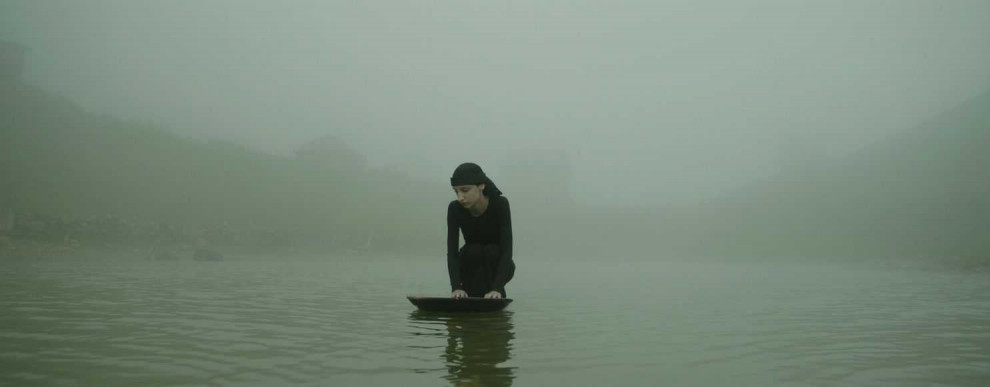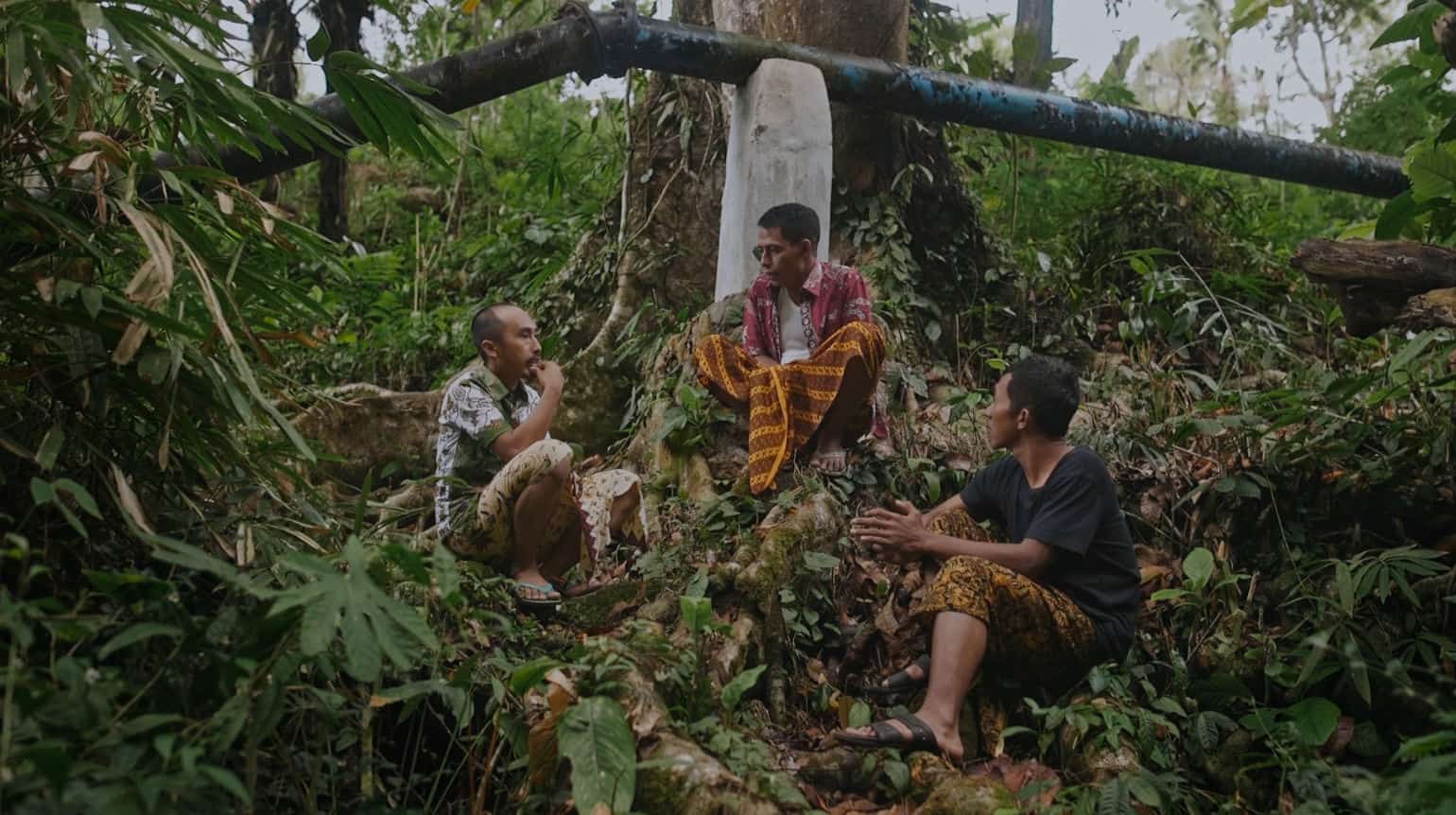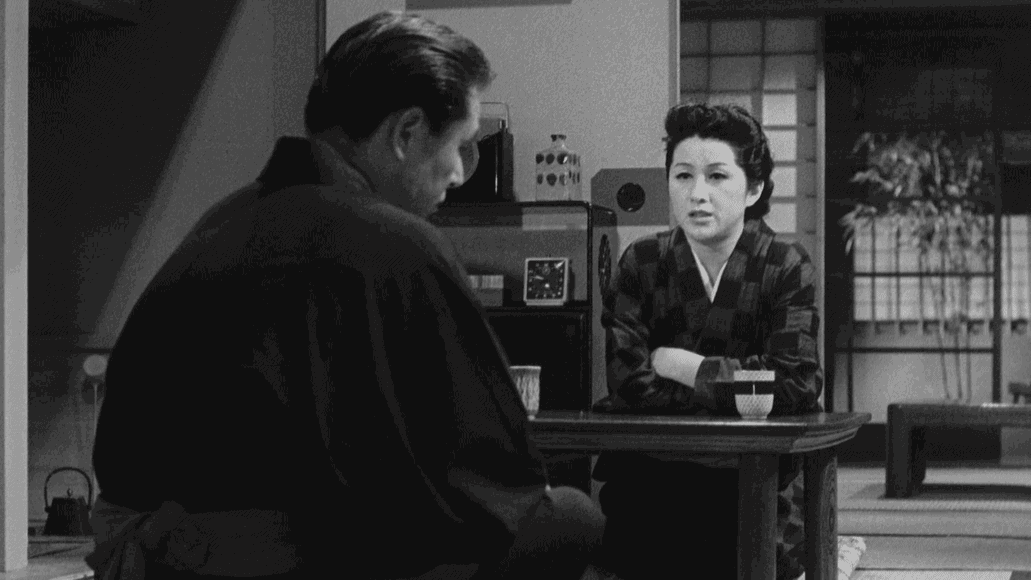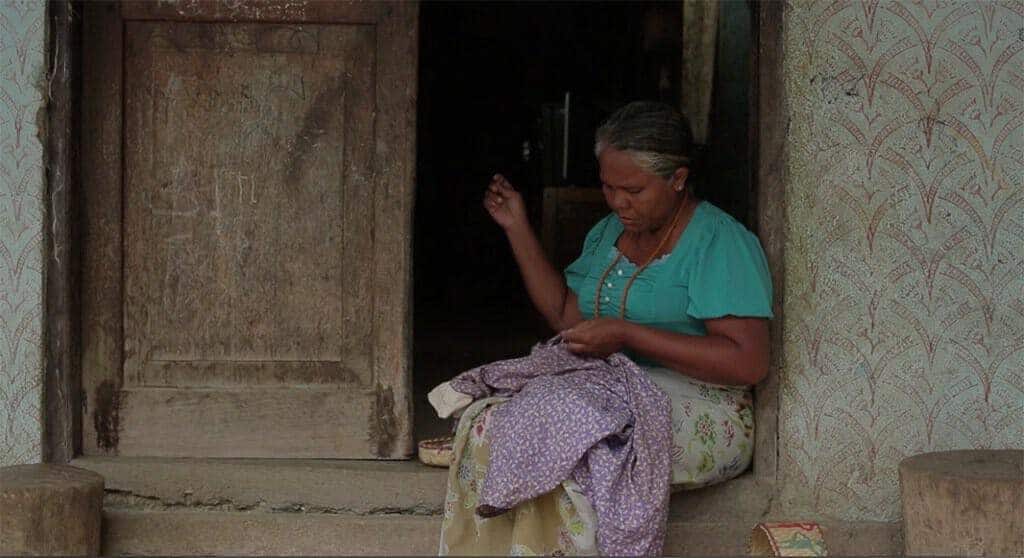review by Levan Tskhovrebadze
At first glance, Zaza Khalvashi's “Namme“ (2017) tells a difficult but moderate mythological story in a modern being. Fish loses its healing power after a dam is being constructed and the water has been spoiled. Therefore, the industrial world pollutes water, the most sacral thing for the movie's characters. Signs of consumer society flash like lightning and the director throws the audience from fairy-mythological tales into everyday social rituals when Namme (Mariska Diasamidze) goes to an urban area, buys some goods or explores cosmetics.
The picture flows with the rhythm of transcendental cinema defined by Paul Schrader which itself indicates that the issue should be everlasting. Accordingly, Khalvashi manages to represent immortal challenges of mankind depending on highly local topics or images. The film shows multicultural society through the family of five people where he confronts pagan faith and three other different belief doctrines. One of the brothers of the protagonist is an Orthodox priest, another one is Muslim and the third – an atheist school teacher. The story is so flat and superficial at first glance, however, the context of the highland of Adjara turns it into something authentic which is as multicultural in real life as in DOP Giorgi Shvelidze's sonorous image.
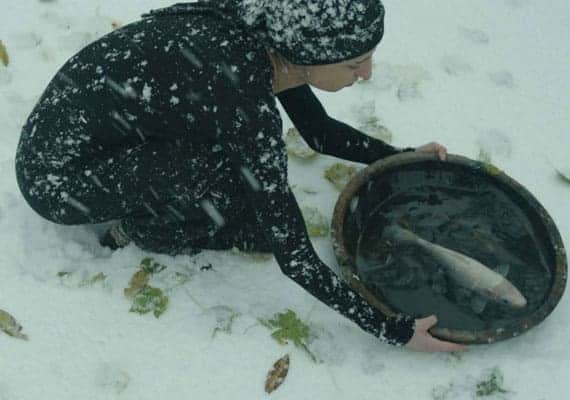
“Once upon a time I saw how the wick of snow dropped from the tree to the ground and I wanted to depict that mysterious sound in a cinematic way” – answered the director during the Q&A session when someone asked what he desired to depict with the film. The director visualizes the voices that we can barely overhear: the unnoticed industrialization that is part of daily routine, a woman who cannot be a healer because of dominant masculine attitude.
The film is defined by clever mise en scenes or other popular cinematic attractions and is completely focused on seeking or inventing a fresh cinematic experience. For instance, when Namme visits one of her brother the atmosphere of the school is exhibited in an edited manner and we hear the teacher's monologue. And the sound is perceived from where the camera is located. Consequently, the director underscores that the camera is more observational than the manufacturer of reality and reflects idyllic disaffection with the ideological and existential background. While she visits her brothers they tell desperate reprimands on each other:
– Why isn't the father angry with him? He isn't his son. – says the Muslim brother about the priest.
The director locates the main characters in a few diverse psycho-emotional situations. We are witness of Namme's levitation or even flirting and the audience is astonished by the cold mysticism in every picture. Even the bathing scene is ambivalent about her sexuality. In this particular scene she is very attractive, her sexuality immature, bordering on the naive. The girl tries escaping from this sad mysticism whereas we see how every non-commercial and mystic affair is treated by a refined form of Fascism that we today call Neoliberalism: it tries giving her cheap cosmetics, prepares worthless nutrients for the fish and society reaps modern circumstances of oppression.

We perceive her melancholy as being different from her voice, gaze or rhetoric. She's different, gifted as a healer and has to carry this burden throughout her life. Her desire for emancipation is more nourished by the fear to fight or resist the capitalist agenda than the hope of actual love because we can't see her sensitive or sexual excitement. She removes the headscarf while leaving home, tries to say something to her brothers or father but everyday trivial details or short talks prevent from finishing. She is cold, gentle and breathtaking as the picture. It's also symptomatic that the director called the film “Namme”- the name of the heroine.
Inthe end she walks on water, releases the fish and says the prayer. Her final quote sounds like: “Everybody kept going towards the way. What were you afraid of?” In this particular scene the authors put the character at the very center of the shot, and we see her reflection in the water. She resembles the fish, and we may think of metempsychosis even though her emancipation is ambiguous. The minimalist shot – in which there's only the protagonist and fog – is also exaggerated with a minimal musical note. Subsequently, the fog conceals her and we think of words: “Everybody kept going towards the way. What were you afraid of?” And with the final chord – completely mesmerized with cinematic experience and full of nonlinear prejudices the director slaps the audience in the face and shows rambling, absorbent industrialization.


